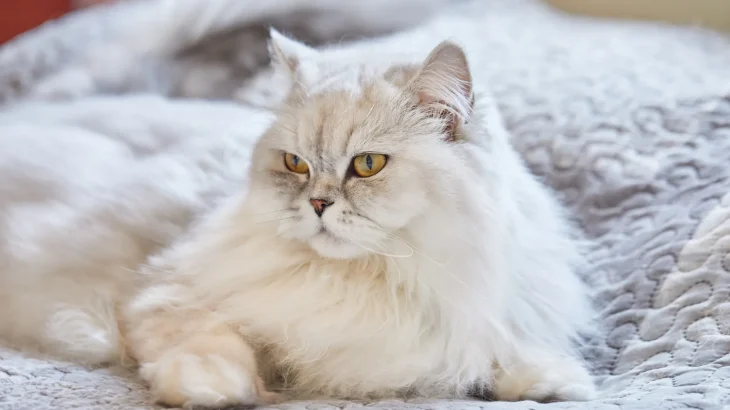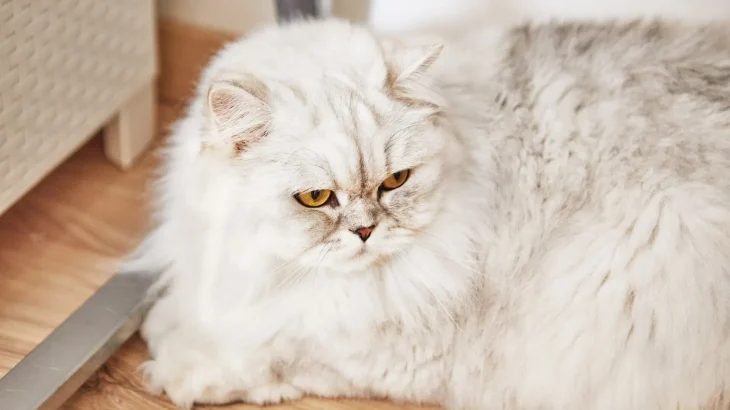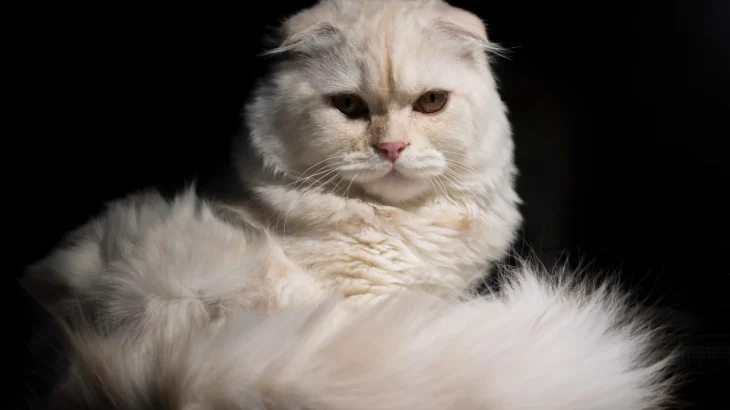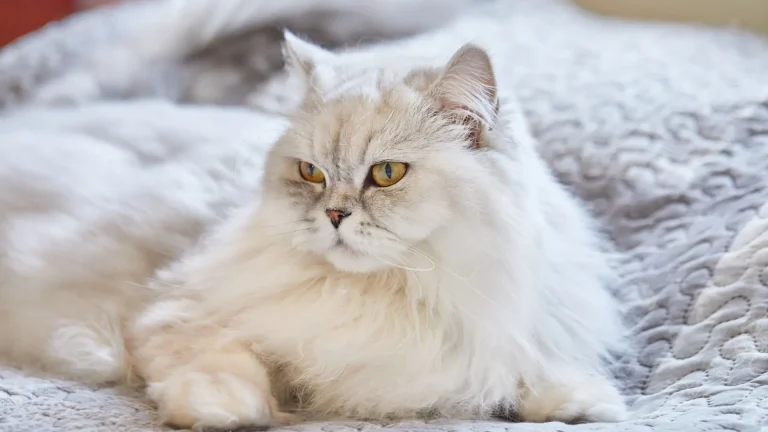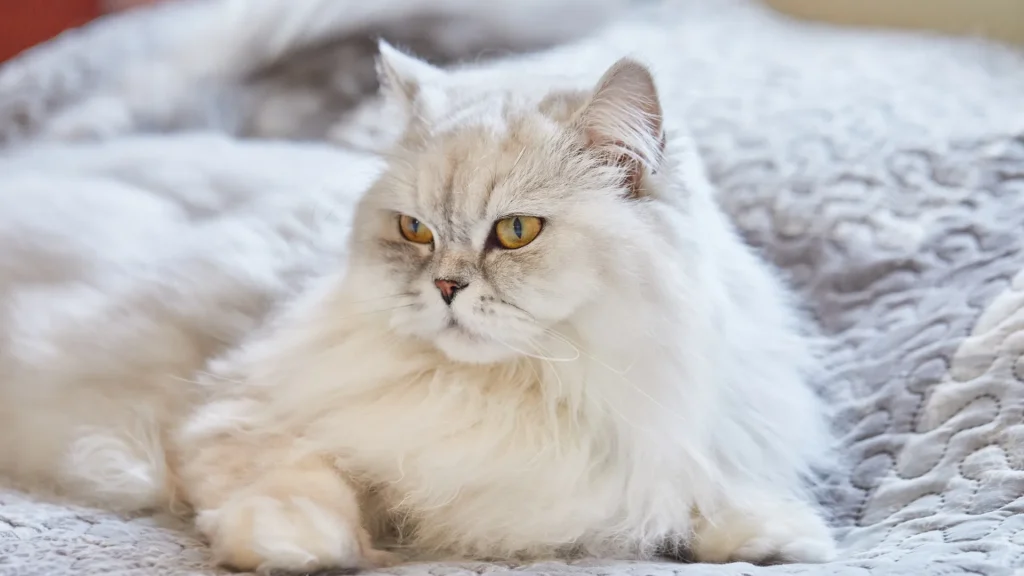Choosing between adopting or purchasing an Australian Tiffanie kitten depends on what you value most. Buying from a breeder often guarantees pedigree and detailed health information, while adoption offers a chance to provide a loving home to a cat in need, sometimes with less certainty about its background.
Adoption vs. Breeder: Pros & Cons
| Criteria | Buying from Breeder | Adopting from Shelter/Rescue |
|---|---|---|
| Cost | Typically higher, reflecting purebred status and breeder's care. | Generally lower adoption fees; often includes vaccinations and spaying/neutering. |
| Health History | Comprehensive records and genetic screening available. | May be limited or unknown; shelters provide basic health assessments. |
| Age Availability | Usually offers young kittens to raise from early on. | Cats of various ages, often adult or senior cats available. |
| Temperament Insight | Breeders can share info about lineage and traits. | Shelter staff provide behavior insights based on observation. |
| Ethical Considerations | Supports responsible breeding if breeder is reputable. | Helps reduce homeless cats and supports animal welfare. |
| Breed Purity & Pedigree | Assured pedigree and breed standards. | Breed purity often unconfirmed; less focus on pedigree. |

